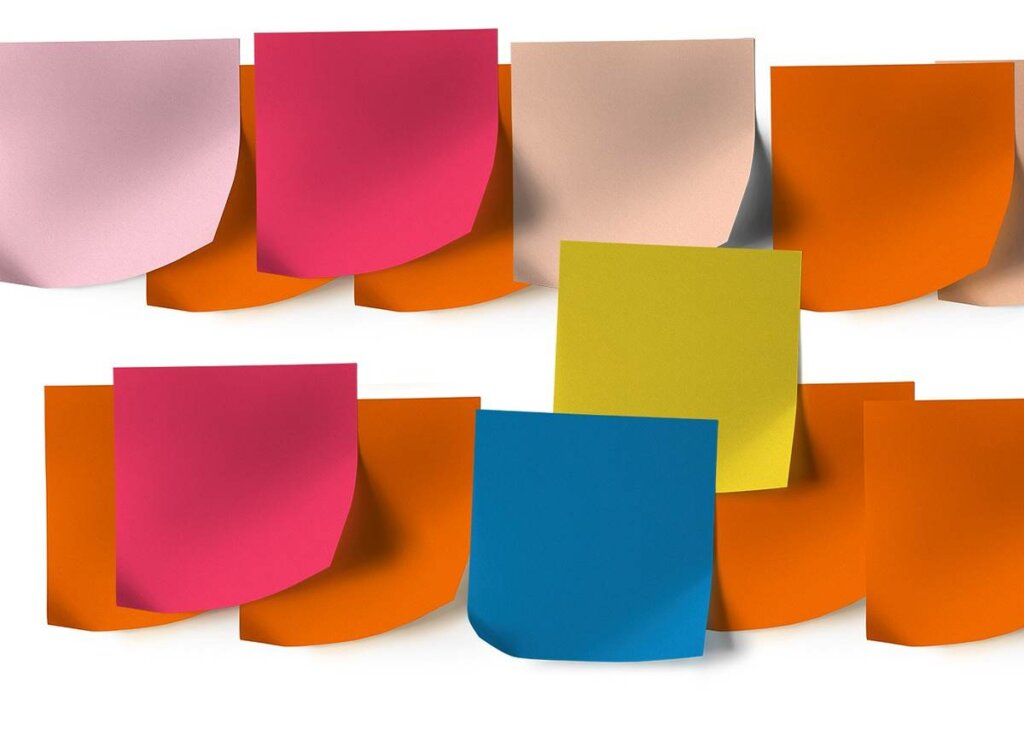How to Make Vision Boards to Help You Achieve Your Goals


Written and verified by the psychologist Valeria Sabater
Vision boards are used in many companies to clarify ideas, map out paths, and achieve goals. However, they can also be really uplifting and motivating on a personal level. In fact, they can help you to reflect as well as motivate and inspire you on a day-to-day basis. Furthermore, they couldn’t be simpler and cheaper to make. You only need a few post-its, magazine clippings, scissors, markers, and a wall or blackboard.
In a world where the technological and the digital orchestrate both our work and the ways we express ourselves, it’s good to return to pen and paper. In addition, everything that combines the manual with the visual has a greater impact on the brain. It makes every task more meaningful and takes on greater emotional power.
These vision boards transcend your senses and invite you to dream and plan. They activate your imagination and encourage you to set goals in a clearer, more reasoned and innovative way.
“Everything you can imagine is real.”
-Pablo Picasso-

What are vision boards?
Vision boards abound in many work environments. You even see them on TV and in movies. For example, in police series, in which the protagonists try to find connections between victims, clues, and timelines. They’re also used by writers to clarify plots and outline characters.
However, many people fail when it comes to making vision boards as they’re not that easy to make. In fact, to fulfill the purpose for which they’re designed, a series of extremely basic strategies must be fulfilled. Their aims are to clarify goals, inspire ideas, and be able to motivate and facilitate creative thinking. Therefore, as with everything in life, a plan and proper organization is required.
We should also mention that, from a psychological perspective, vision boards are considered to be really useful therapeutic tools.
As a matter of fact, Marshall University, in Virginia, United States conducted research that claimed vision boards are extremely useful in therapy for patients to establish and visualize their goals.
Vision boards have nothing to do with the ‘law of attraction’. They don’t involve visualizing something in order to make it happen. The purpose is to stimulate our minds to think of tasks and strategies with which to achieve our goals and dreams.
In what situations are vision boards used?
Vision boards can be used in many scenarios, not just the workplace. Their objective is to make use of visualization so that the individual feels inspired and stimulated to think of new ideas and can trace routes with which to achieve their personal goals. They can be useful in the following scenarios:
- In the field of personal development. They help you outline your life goals and what you want, both in the short and long term.
- To think about the advancement of your professional career.
- In the field of health and wellness. For example, in setting goals to improve your sports performance. Or, improving your diet to lose weight or reduce cholesterol.
- Vision boards are extremely useful in economic matters. They allow you to establish strategies to save and, for example, to pay for a trip.

How to make good vision boards
Once again, we must stress that vision boards need to be crafted properly to be useful. In fact, they’re not just boards full of post-its with motivating phrases and beautiful photographs, but they must stimulate the mind. In effect, they need to inspire concentration, inspiration, and motivation.
To prepare a vision board, you have to take into account a series of guidelines. They’re as follows:
Explore your values. What matters to you in life? What is it that gives you meaning? How would you like your life to be?
- Clarify what motivates you in your day-to-day life.
- Examine your priorities.
- Consider what it is you want to change.
- Finally, decide what you want to achieve and what your board is going to be about.
- Once you’ve considered what you want to achieve in the short or long term, look for color images that represent it and paste them on a panel, blackboard, or wall. Those will be your goals.
- Now, you have to reflect on the strategies that’ll take you toward your goals and write them on post-its. You can also add drawings or images.
- You can include words and phrases that motivate you, such as ‘courage’, ‘hope’, “I’m not giving up”, “I’m going to make it”, etc.
Remember to place the board where you can see it daily.
Vision boards can also include quotes or phrases that move us and give us encouragement and courage.
Last but not least, it’s important that you update your vision boards from time to time including strategies with which to achieve any new goals you may have.
Your mind must feel inspired and motivated when seeing the images, post-its, and phrases on your vision board. In fact, your ultimate goal is to develop valid and innovative routes to achieve what you intend to do.
All cited sources were thoroughly reviewed by our team to ensure their quality, reliability, currency, and validity. The bibliography of this article was considered reliable and of academic or scientific accuracy.
- Burton, L., & Lent, J. (2016). The use of vision boards as a therapeutic intervention. Journal of Creativity in Mental Health, 11(1), 52-65.
- Quoidbach, J., Mikolajczak, M., & Gross, J. J. (2015). Positive interventions: An emotion regulation perspective. Psychological bulletin, 141(3), 655. Burton, L., & Lent, J. (2016). The use of vision boards as a therapeutic intervention. Journal of Creativity in Mental Health, 11(1), 52-65.
This text is provided for informational purposes only and does not replace consultation with a professional. If in doubt, consult your specialist.








